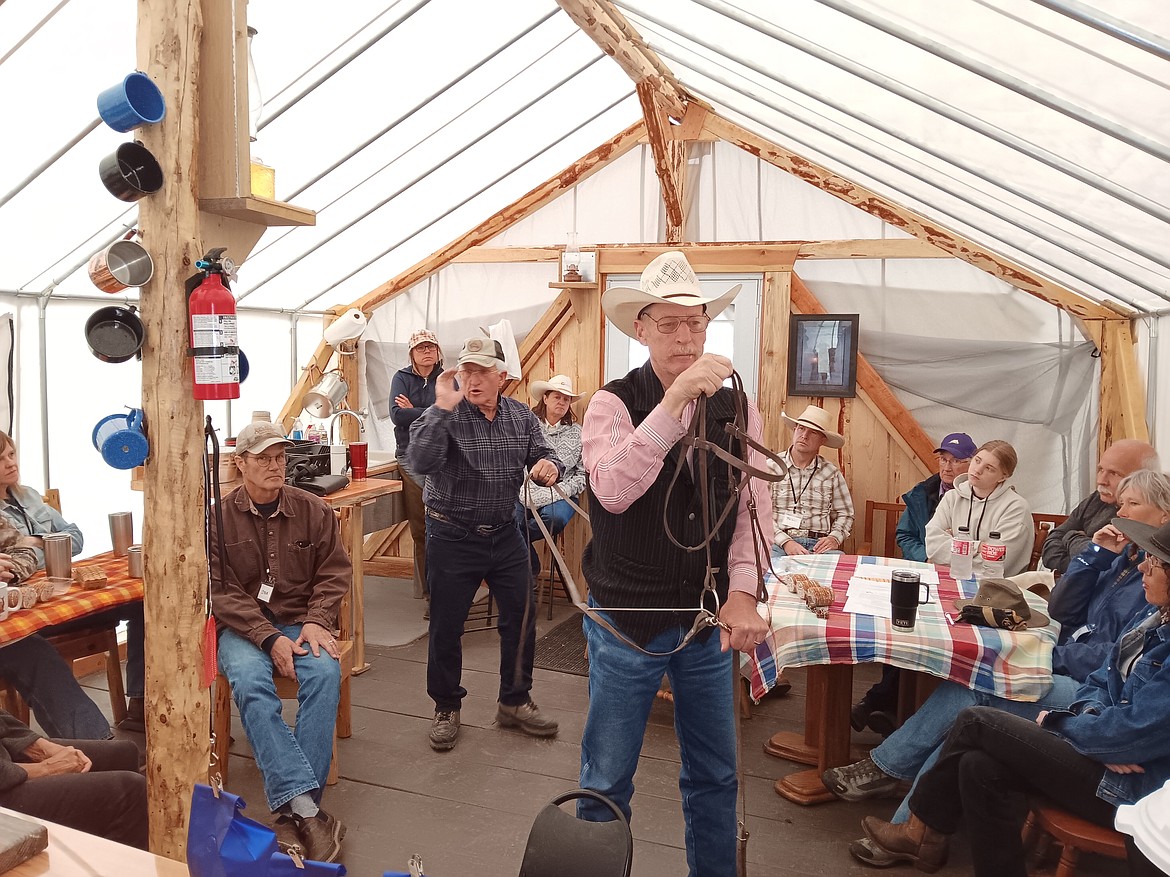Mule trainer brings expertise to local clinic
In 1981, Steve Edwards got thrown by a mule named Casper, and the owner said, “Well, I guess you don’t want to buy this mule.”
Edwards answered, “I’m going to buy this mule and get even with him,” and this started the journey...
Become a Subscriber!
You have read all of your free articles this month. Select a plan below to start your subscription today.
Already a subscriber? Login




